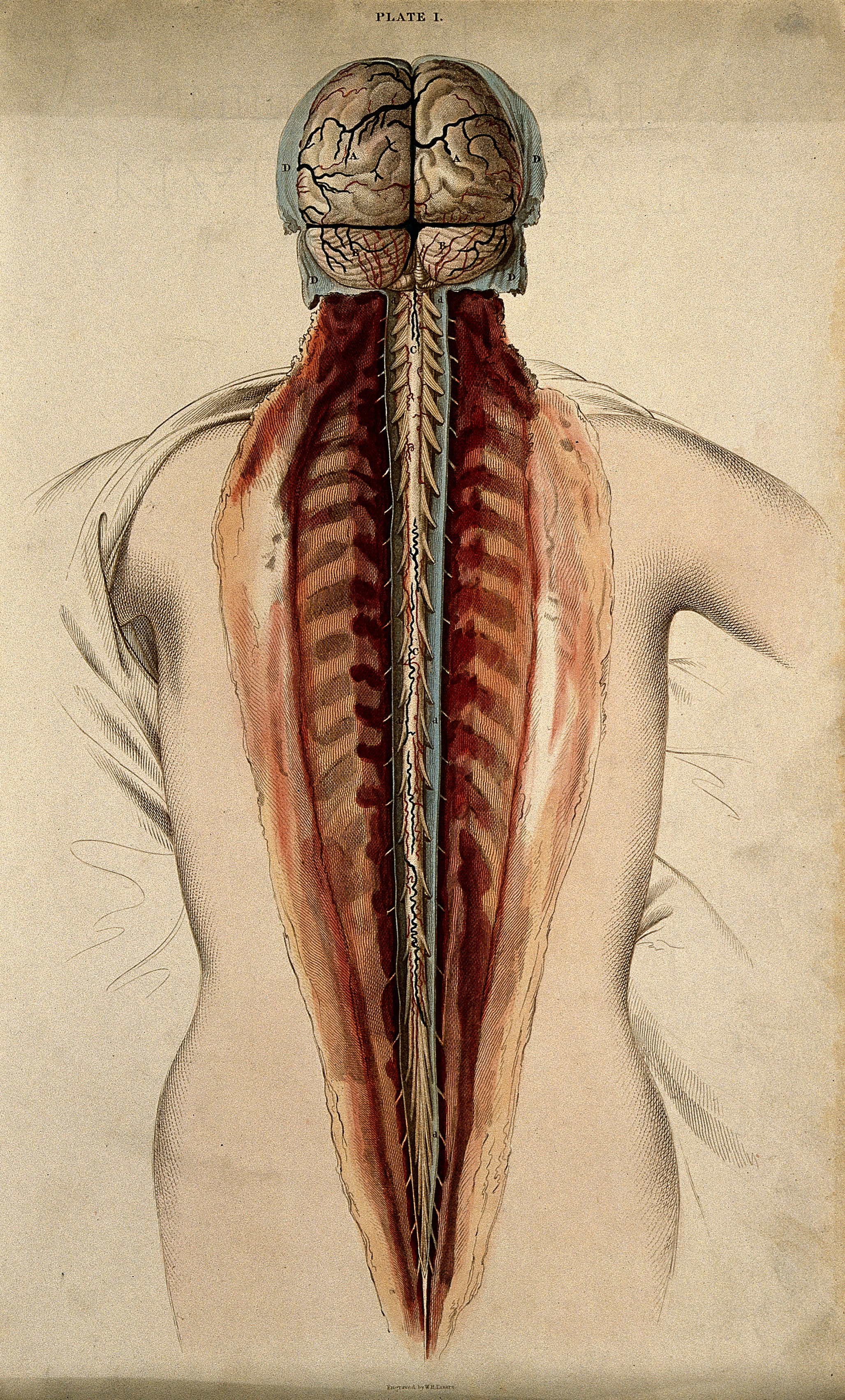11.1: Introduction to the Nervous System
- Page ID
- 22335
Chapter Learning Objectives
After studying this chapter, you will be able to:
- Name the major divisions of the nervous system, both anatomical and functional
- Describe the functional and structural differences between gray matter and white matter structures
- Recognize the structural and functional differences of the types of neurons present in the body
- List the types of glial cells and assign each to the proper division of the nervous system, along with their function(s)
- Distinguish the major functions of the nervous system: sensation, integration, and response
- Describe how neurons communicate with each other and other targets
- Understand the development of the nervous system
The study of the anatomy of the nervous system (called neuroanatomy) started very early on. The first known written record of a study of the anatomy of the human brain is an Egyptian medical document written around 300 BC. The next major discoveries in neuroanatomy came from the Greek Alcmaeon, who determined that the brain and not the heart controlled the body, and that the senses were dependent on the brain. After Alcmaeon, many scientists, philosophers, and physicians from around the world continued to contribute to the understanding of neuroanatomy. Herophilus and Erasistratus of Alexandria were perhaps the most influential Greek neuroscientists with their studies involving dissecting brains. For several hundred years afterward, with the cultural taboo of dissection, no major progress occurred in neuroscience. However, in the Renaissance human dissections were allowed again, revitalizing the study of neuroanatomy (Figure \(\PageIndex{1}\)). The subsequent centuries have produced a great deal of documentation and study of the neural system. However, our current level of understanding is nowhere close to its limit.

Contributors and Attributions
OpenStax Anatomy & Physiology (CC BY 4.0). Access for free at https://openstax.org/books/anatomy-and-physiology


